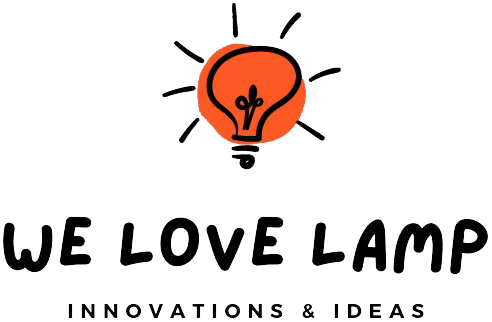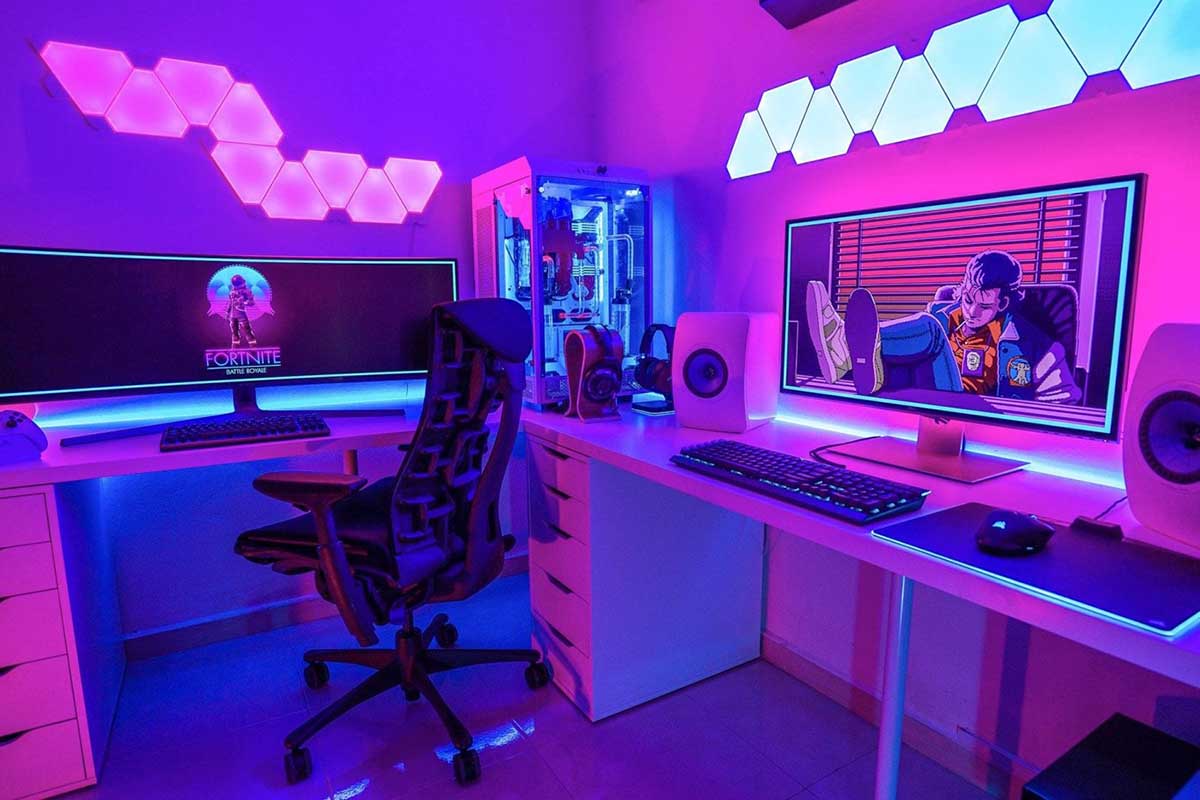As we navigate through the third decade of the 21st century, the lighting industry is undergoing a technological renaissance. Gone are the days when lighting simply served to illuminate a space; today’s innovations make lighting an active component in the experience of living, working, and interacting.
Without further ado, here are six game-changing trends poised to reshape the lighting market over the next ten years.
1. Data-Driven Experiences
Smart lighting systems equipped with sensors and analytics software are transforming how we interact with light. These systems not only respond to environmental changes – like daylight availability – but can also integrate with other smart systems to offer a complete, data-driven user experience.
For instance, lights could dim when a conference room is unoccupied or flash in a pattern to guide emergency responders through a building. As IoT devices proliferate, this integration will become more sophisticated to enable truly intelligent spaces.
2. Luminous Surfaces
The aesthetics of lighting are evolving from traditional fixtures to seamless integrations within architectural elements.
Walls, ceilings, and even floors can now serve as luminous surfaces that offer a unique visual experience while also eliminating the spatial constraints posed by conventional lighting.
Organic Light Emitting Diodes (OLEDs) and other flexible lighting solutions are making this possible. This provides versatile and energy-efficient options for both residential and commercial applications.
3. Interactive Spaces
As lighting technology becomes more interactive, spaces will transform to offer dynamic, customizable experiences. From interactive art installations to responsive urban landscapes, light will serve as a medium for communication and engagement.
Advanced sensors and touch-based interfaces allow users to adapt lighting according to their preferences or mood which, in turn, creates spaces that are not just visually pleasing but emotionally responsive.
4. Digital Twin Commissioning
In the era of digital twins, lighting setups can now be commissioned, tested, and optimized in a virtual environment before being implemented.
This enables precise control over lighting effects, reduces waste, and helps in realizing energy-efficient designs. Architects and lighting professionals can work collaboratively in the digital realm to streamline the project timeline and enhance the final result.
5. Circular Economy
Sustainability is no longer a buzzword but a core aspect of modern lighting design. The shift toward a circular economy emphasizes the need for durable, modular, and easily repairable lighting solutions.
Innovations like replaceable light modules, eco-friendly materials, and energy-efficient LEDs are steps in this direction, extending the life cycle of products and reducing environmental impact.
6. DC Power & Net-Zero Energy
Direct current (DC) power systems, as opposed to alternating current (AC), are becoming increasingly popular for their efficiency gains, especially in low-voltage lighting applications.
When coupled with renewable energy sources, these systems move us closer to achieving net-zero energy buildings. DC power not only reduces conversion losses but also allows for easier integration with batteries and renewable energy sources.
In summary, these six trends exemplify how technological advancements are elevating the role of lighting in our lives. From data-driven experiences and aesthetic transformations to sustainability and energy efficiency, the next ten years promise a future where lighting is not just a utility but an integral part of the human experience.

